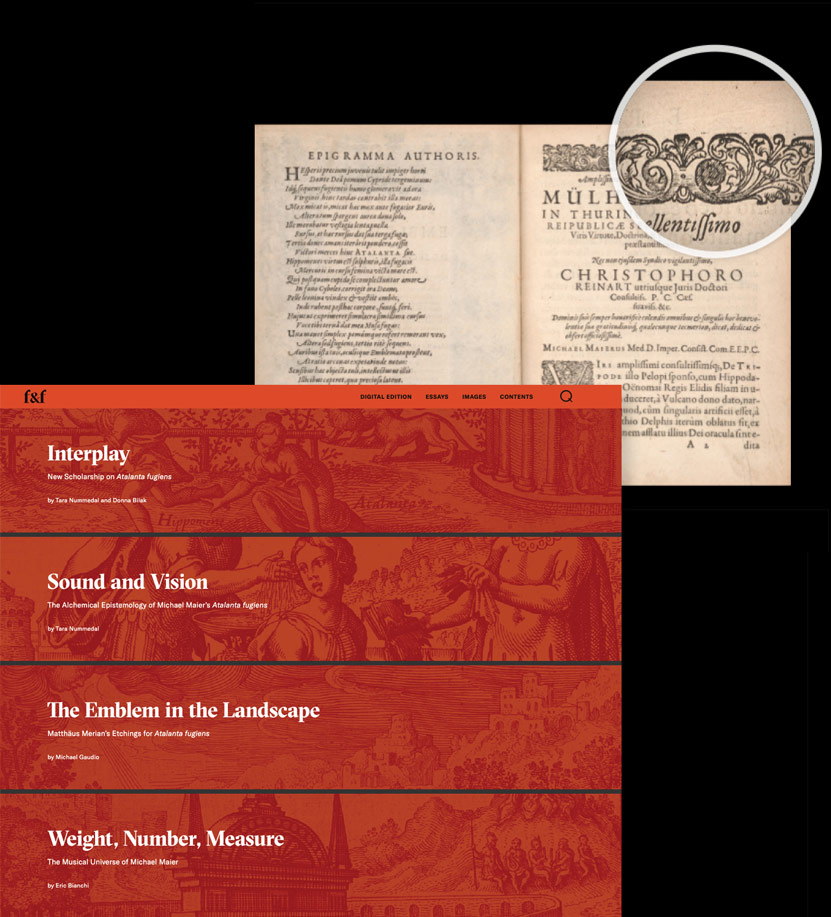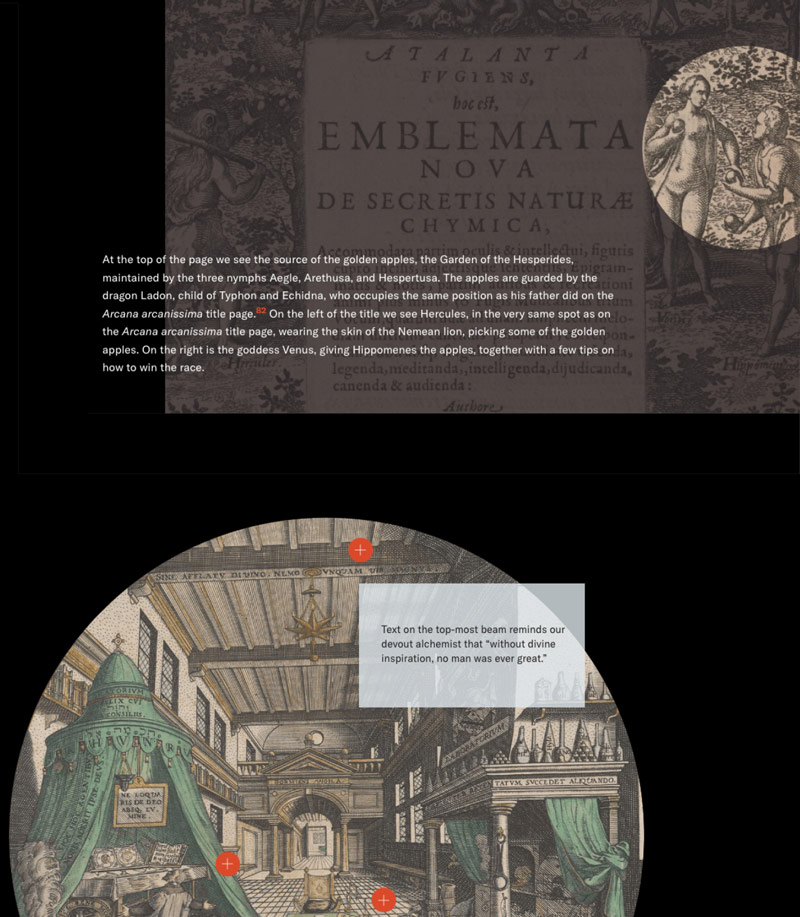The Brown University Digital Publications Initiative, supported by the Andrew W. Mellon Foundation, set out to push the boundaries of academic publishing and imagine new possibilities for engagement with scholarly work. The resulting publication is Furnace and Fugue, a rich, interactive experience based on a 17th-century alchemy text.
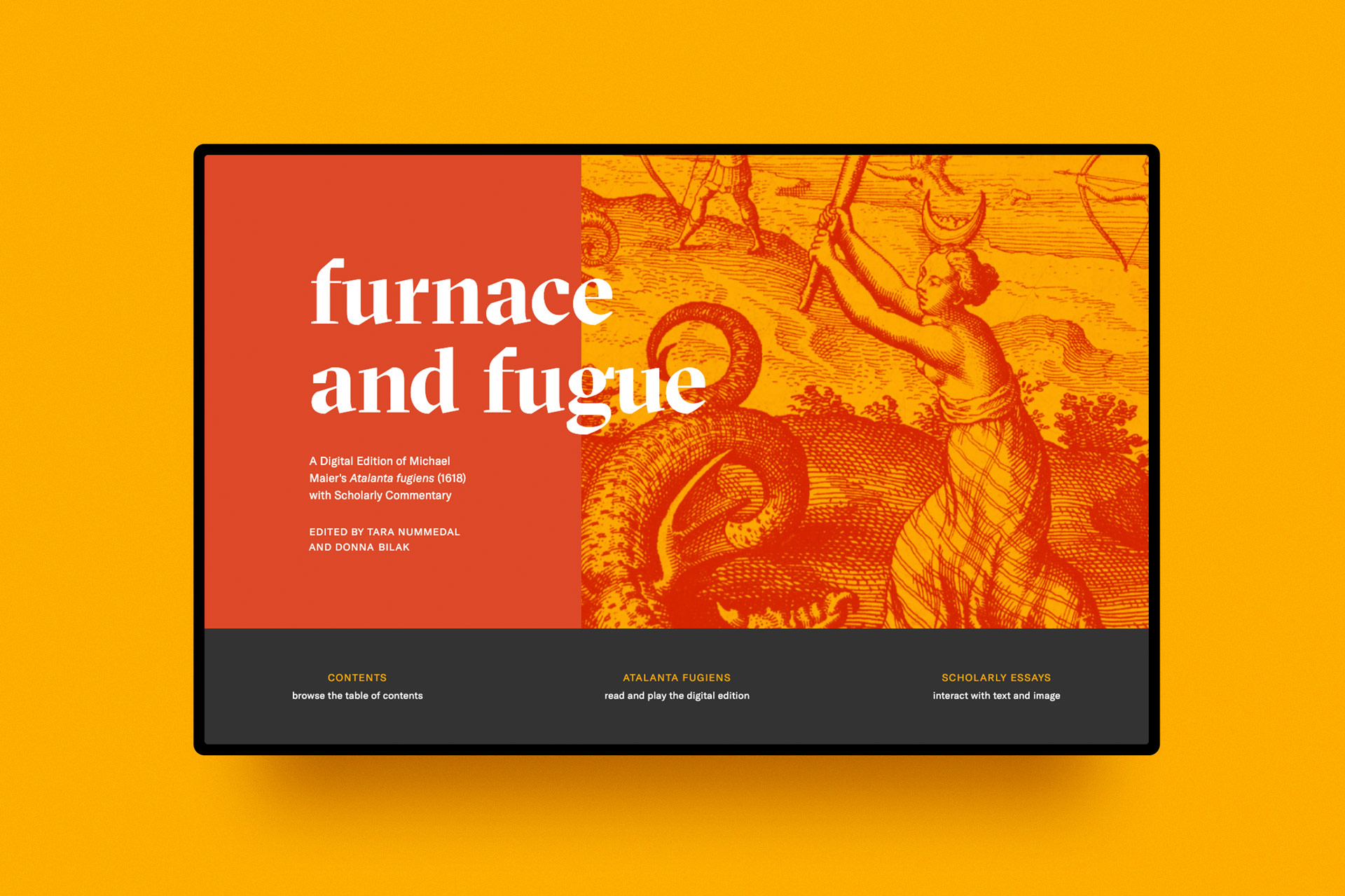
The project is centered on Atalanta fugiens, an illustrated emblem book of musical fugues from 1618 by Michael Maier. Unlike a traditional print book, where a design team would be brought in once the content is complete, we were engaged at the early stages of the project to work closely with the editors, facilitating ideation sessions, providing content strategy, and exploring creative avenues for engagement.
We strove the create a platform that would bring the book to life, designing the visual identity for the website and integrating an interactive reading experience that allows users to curate, save, and share their own selection and arrangement of alchemical emblems, exploring shifting meanings and relationships between the pages.
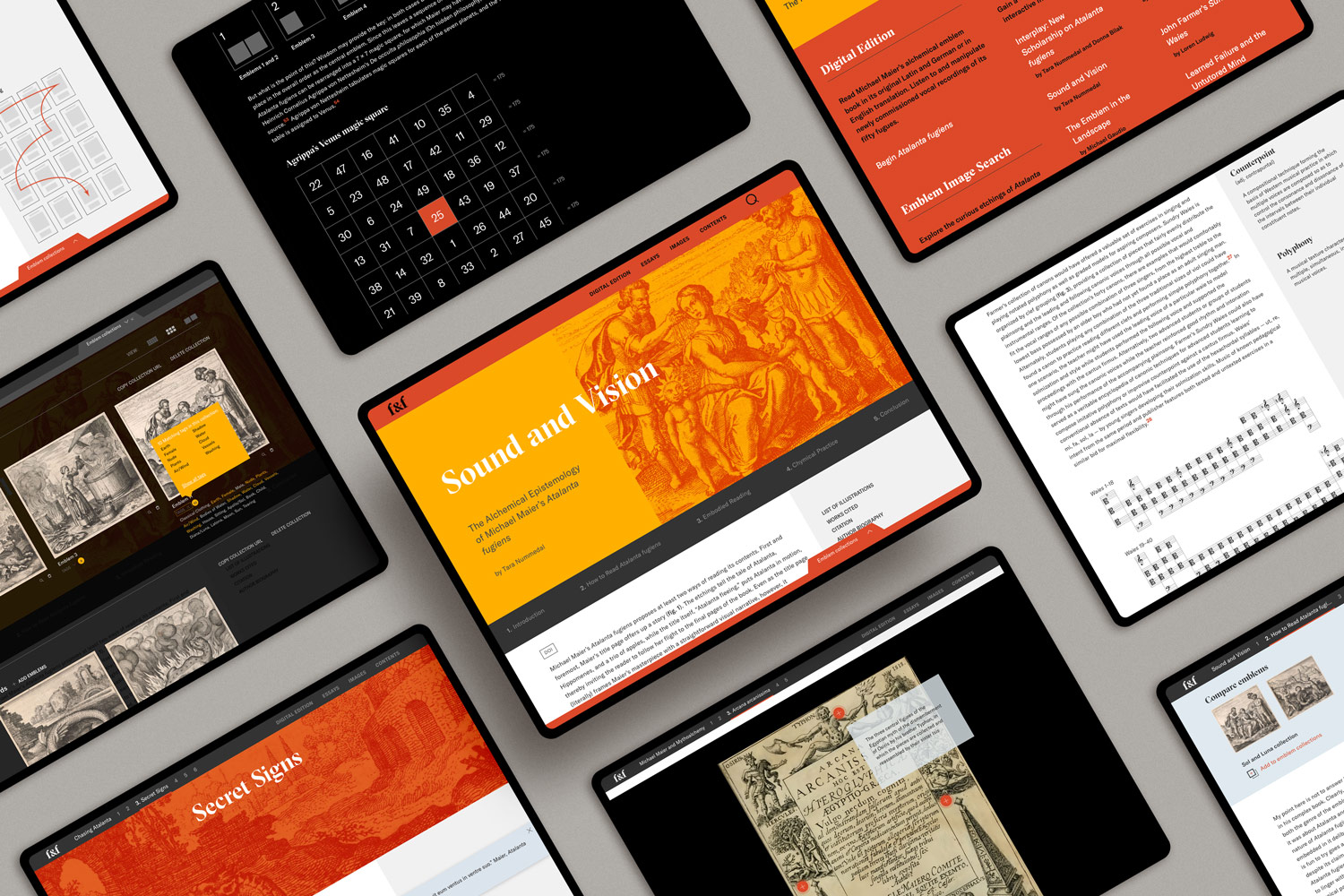
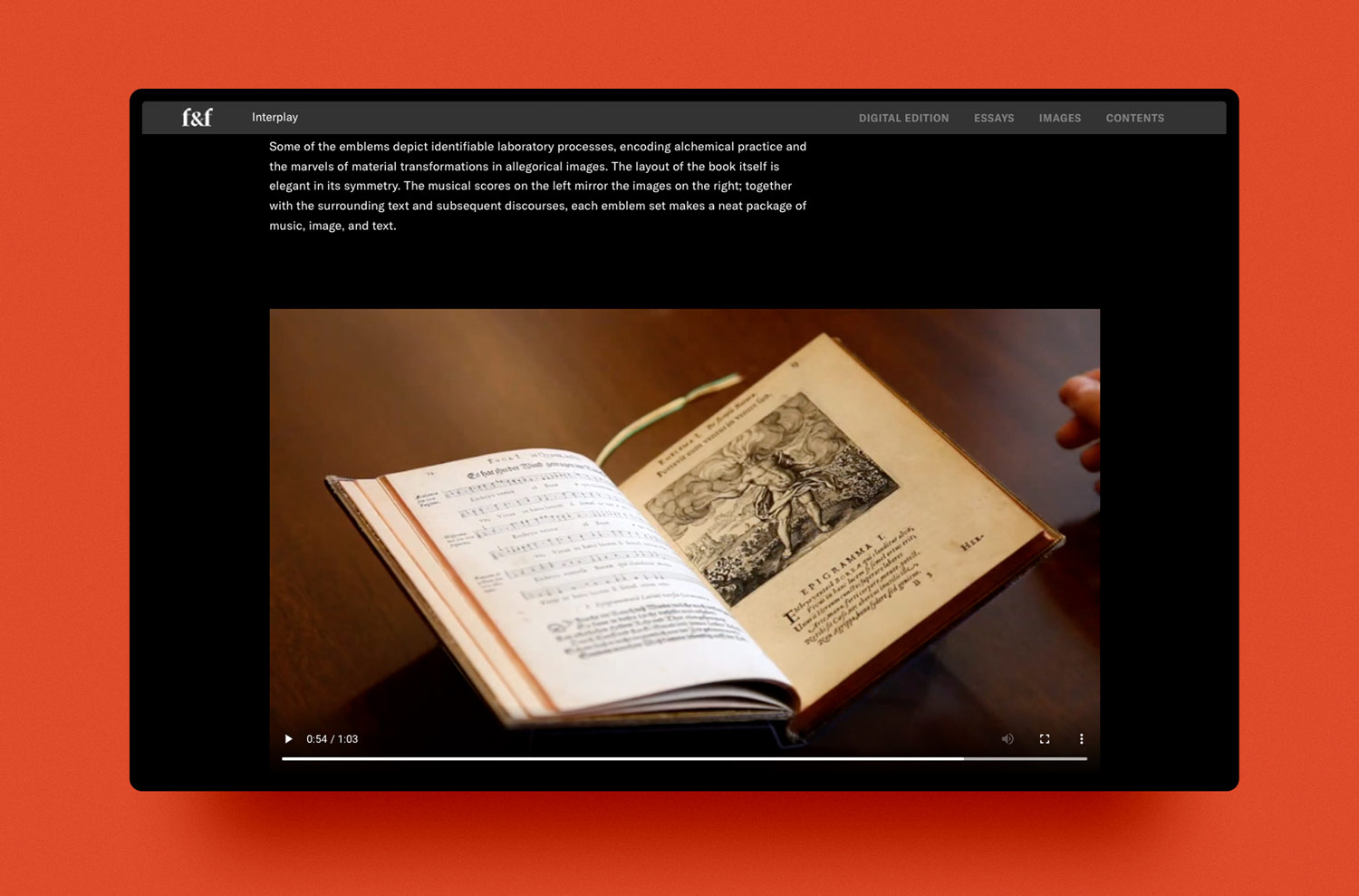
The experience was further expanded by the Brown project team to include recordings of the fugues and a fully translated digital edition of the book. We then designed eight visually rich scholarly essays to add additional layers of meaning to the original text.
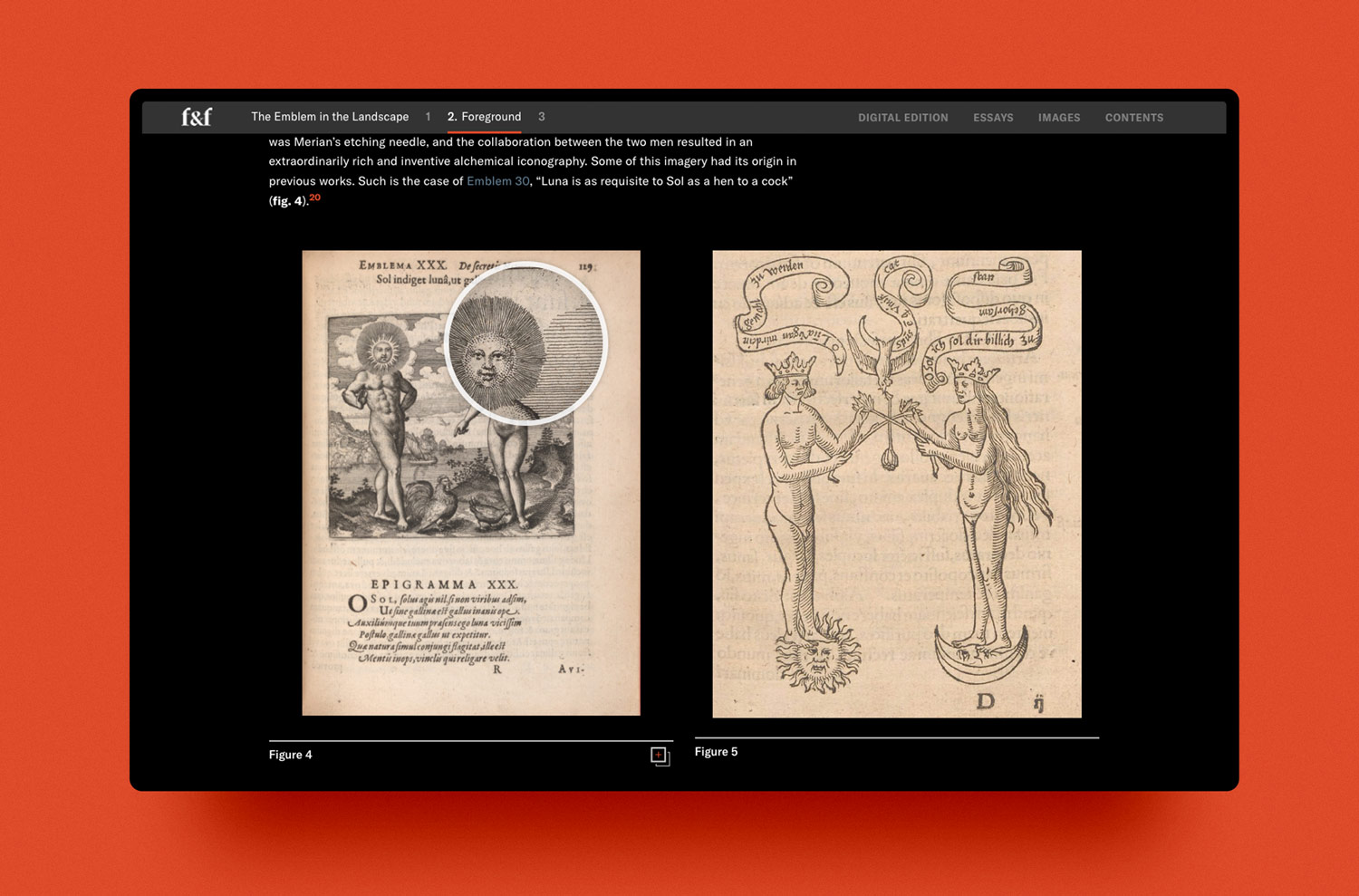
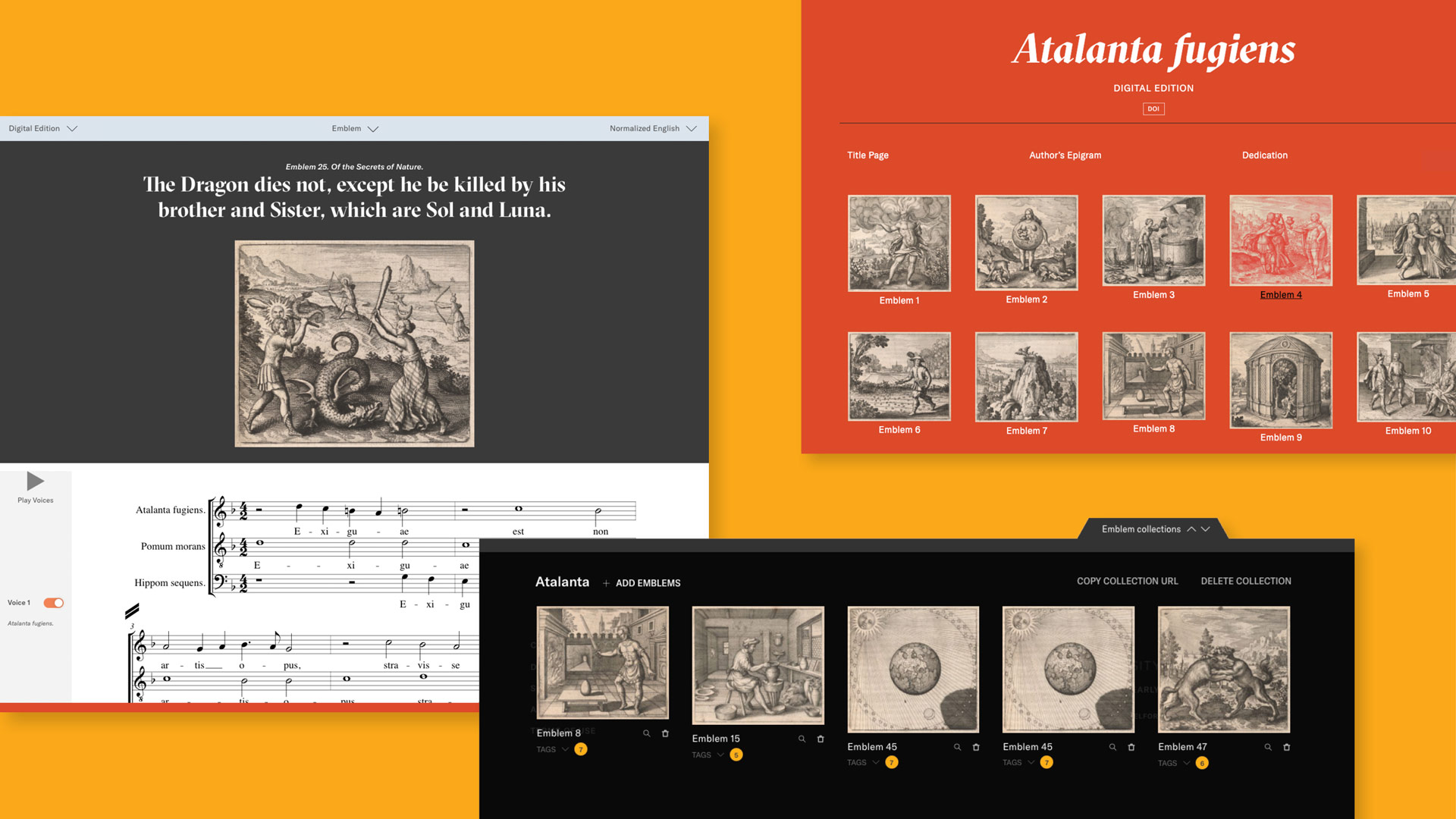
“One of the biggest differences between publishing Furnace and Fugue and a typical print book was the central role from the very outset of editors, technologists, and designers … making their expertise and contributions much more visible to the authors and performers and creating space for real collaboration.”
— Tara Nummedal
co-editor with Donna Bilak of Furnace and Fugue
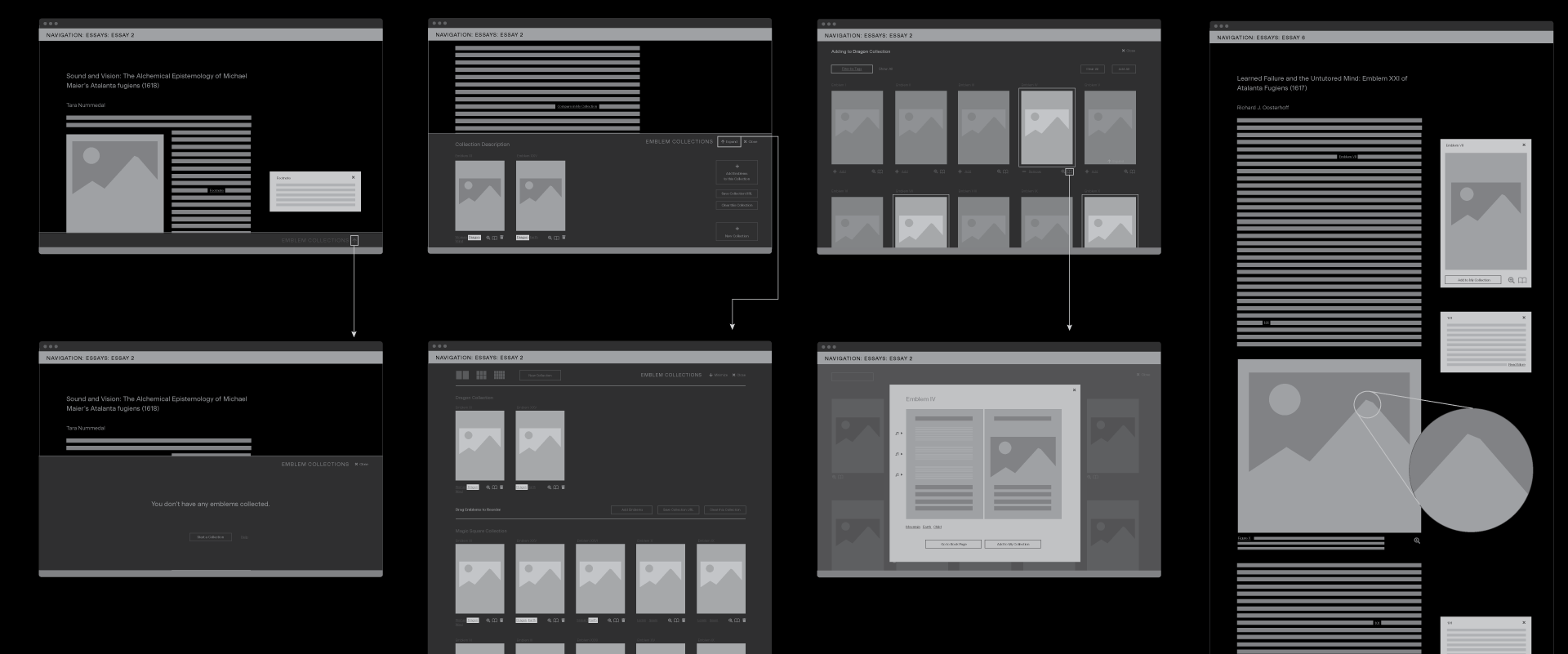

In an interview with Feeding the Elephant: A Forum on Scholarly Communications, Allison Levy, Digital Scholarship Editor at Brown described the process further:
We created a detailed wireframe to map out how users would build their own emblem collections.
We created a detailed wireframe to map out how users would build their own emblem collections.
In an interview with Feeding the Elephant: A Forum on Scholarly Communications, Allison Levy, Digital Scholarship Editor at Brown described the process further:
I pulled together a remarkable design and user-experience team consisting of Crystal Brusch, Brown’s Designer for Online Publications, and Studio Rainwater. They worked together on interactive, multimedia components that had not yet been developed—or even imagined. There were many wonderfully productive and creative surprises at that time, and sometimes we did alter course to accommodate new ideas and new modes of digital expression. But striking the right balance between innovation and scholarly rigor was imperative, and here we were well guided by the overarching goals and objectives of the initiative—to rethink scholarly publication via innovative digital expression and a deeply engaging user experience.
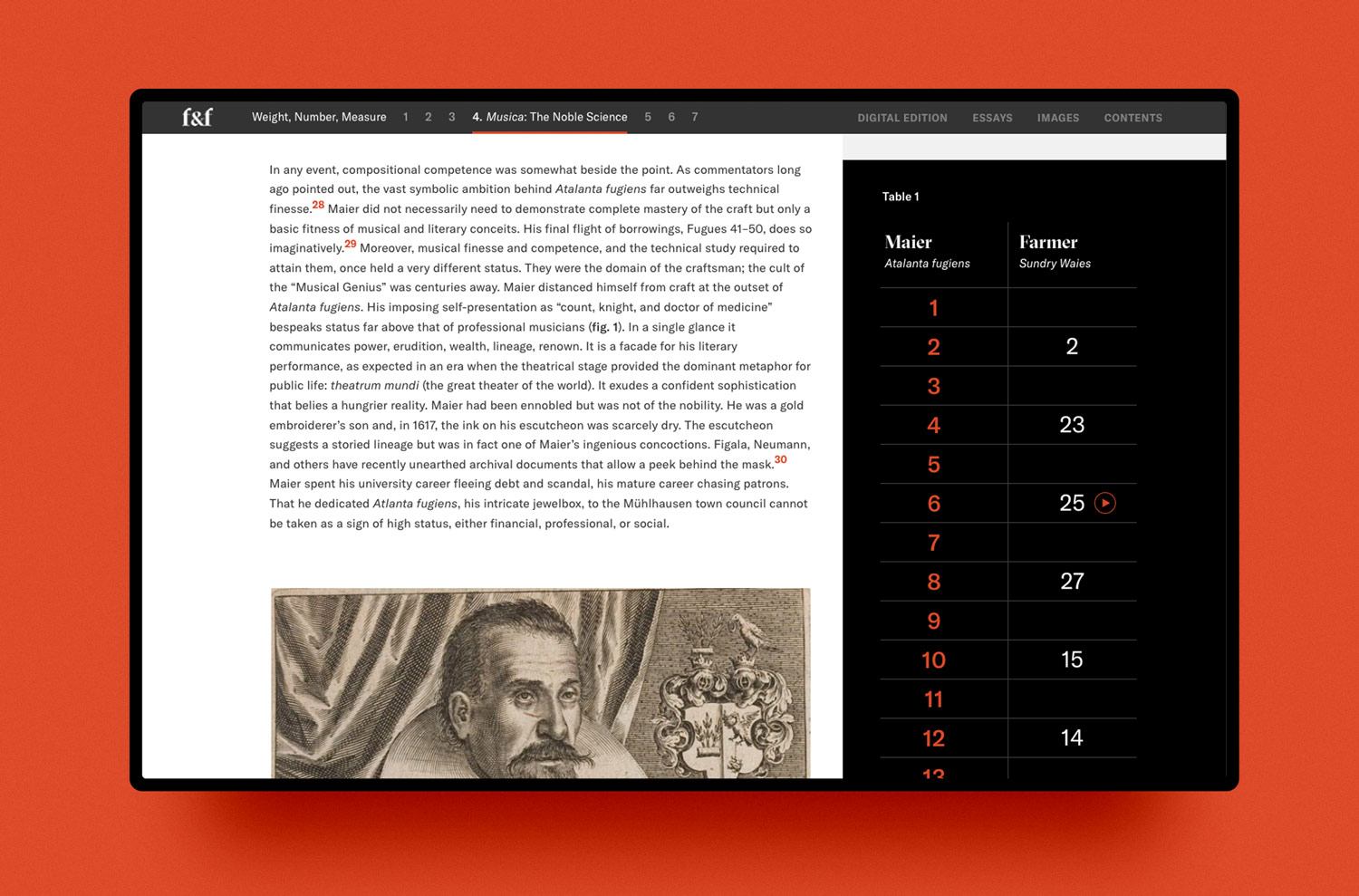
Based in part on the strength of the prototype, the project was published by the University of Virginia Press in the summer of 2020 after a rigorous peer review process.
The open-source free-to-access platform has also been able to reach wider audiences than a print monograph. Two months after publication, the website had been viewed by 16,000 unique visitors. Nadine Zimmerli, the acquisitions editor at UVA Press compared this with a typical print run of 500 copies, “engagement with the project in digital form far outweighs the reach a print publication would have had in its first year.”
Also key to the innovative nature of the project was the fact that it allows for deep and comprehensive examination of a small and delicate historic object. “We get intimidated by early modern books, and we should be careful with them,” said Tara Nummedal in Brown Alumni Magazine, “But with a digital version, you can tear the book apart and reconstruct it in a way that resonates with you.”
